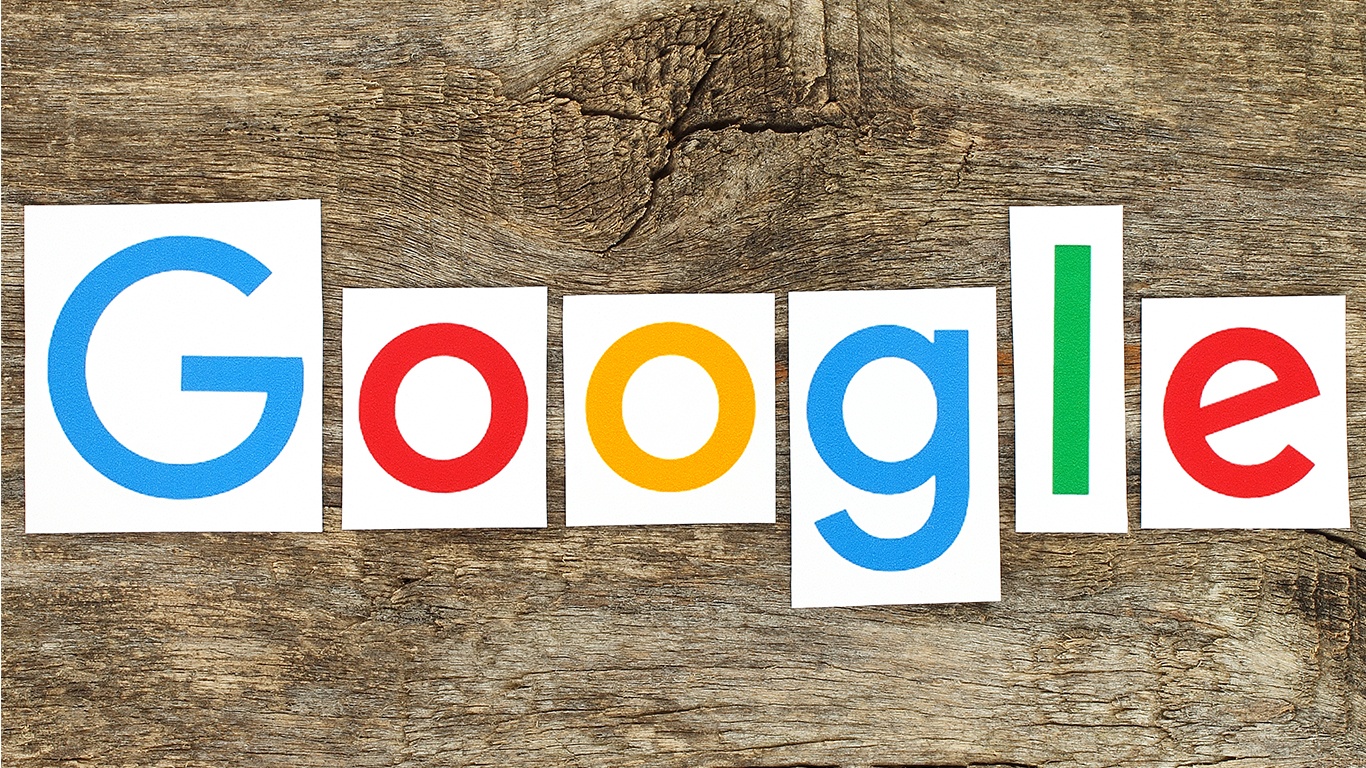Before we share our Google Places optimization checklist, let’s take a few seconds to highlight why this is such an important topic for EVERY business, from enormous enterprises to shoestring startups.
Think Globally, Search Locally
Here’s the scoop: both in the B2C and B2B space, a growing number of consumers are thinking globally, but searching locally. For instance:
- According to comScore, 3 billion search queries each month include local terms, and 66% of consumers in the US use local search.
- According to Google, 73% of all online activity is related to local content.
- According to TMP, 82% of local searchers follow-up with a call or show up at a business.
What’s more, with IP address geo-targeting, even consumers who don’t search for local businesses are being presented with local results first; especially if they’re searching from a mobile phone or using voice search, in which cases local results are even more prominently displayed.
However, given that local search is so influential and important, it’s safe to assume that most businesses have Google Places optimization in the bag, right? Well…no, not quite.
The vast majority of businesses – we’d say around 90 percent – aren’t getting full value out of their Google Places profile. What’s more, there are still millions of businesses that don’t even have a Google Places profile, even through it’s free and creating one is as “best practice” as best practices get.
Fortunately, creating or improving a Google Places profile so that it’s firing on all cylinders is a straightforward task. And that’s where our Google Places optimization checklist enters the picture. Here’s what you need to know, and to do (or have done for you):
Google Places Optimization Checklist
Complete the Entire Profile
There are over 20 fields on a Google Profile and all of them need to be filled out – because Google takes profile completeness into consideration when it ranks local businesses and decides who shows up first/last. All else being equal, a business with a 100% score (i.e. complete profile) will outrank one that has less than a 100% score.
Choose the Right Category
Believe it or not, but there are some pretty good – and even a few excellent – Google Places profiles out there that are never seen by the right consumers, because they’re in the wrong categories. Generally, Google will show your first three categories as a way to help consumers decide which listings to explore. As such, don’t “bury” your most relevant categories at the end of the list, because they may never be seen.
Use Keywords
Keywords are an important part of Google Places SEO. However, just as with web content, keywords have to be strategically chosen and properly integrated. Google is a strange animal when it comes to keywords. It supports businesses that use keywords correctly, but it punishes those that use keywords incorrectly – even if there’s no malicious or deceptive intent, and it’s just an honest mistake.
Be Descriptive
While you don’t want to write pages of content, ensure that your business, product and/or service descriptions are informative and descriptive. Remember: you need to give consumers a reason (or more likely, several reasons) to click to your website or give you a call. Simply telling them the name of your business and where you’re located, along with a few generic labels for what you do/offer, isn’t going to get the job done.
Add Media
A complete Google Places profile is good (and as we noted, necessary). But a complete Google Places profile with media such as photos and videos is even better – both for ranking, and for engagement.
Add Customer Generated Content
Encourage your customers to populate your Google Places profile with generated content such as photos, videos and reviews. You may even want to create a simple “how to” document to guide them, so that the process is fast and easy.
Create/Audit Other Profiles
Don’t stop the local search music with Google Places. You should also create profiles on various other platforms, such as Bing, Yahoo, Best of the Web, Hotfrog, and if appropriate for your business, Yelp and Foursquare as well. Also keep in mind that the information in all of these profiles should be consistent. For example, if you add a new product or service line on your Google Places page, make sure that you do the same for all of your other profiles.
Learn More
To learn more about Google Places optimization for your business, contact Leap Clixx today. Your consultation with us is free, and we’ll make sure that your business is found by the right consumers at the right time: which is when they’re actively searching for your superior solutions!
For more information about optimization, specifically how to use SEO to boost your inbound marketing results, download our FREE eBook:
{{cta(‘bf8c3e7a-1490-4eb8-bf69-808f6dc59330’)}}
Image Credit: rvlsoft / Shutterstock.com





